Types of African Fashion for Crossdressers and Their Country of Origin
Africa is among the most diverse cultures in the world because of its population and hundreds of tribes with unique fashion styles and traditions.
Since crossdressers value the art of expressing themselves through unique clothing, they can find great inspiration from different patterns, designs, and fabrics in African countries and cultures.
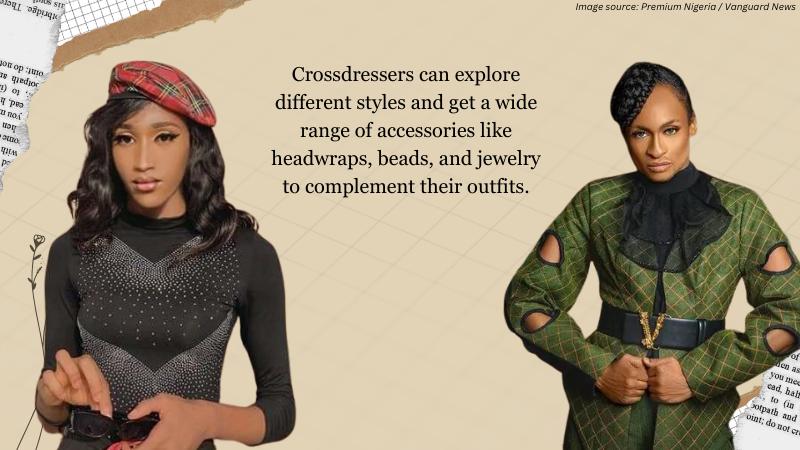
Crossdressers can explore different styles and get a wide range of accessories like headwraps, beads, and jewelry to complement their outfits.
Without further ado, let’s dive into some of the types of African fashion and their countries of origin.
Types of African Fashion for Crossdressers
Here are the top African fashions for crossdressers.
Dashiki (West Africa)
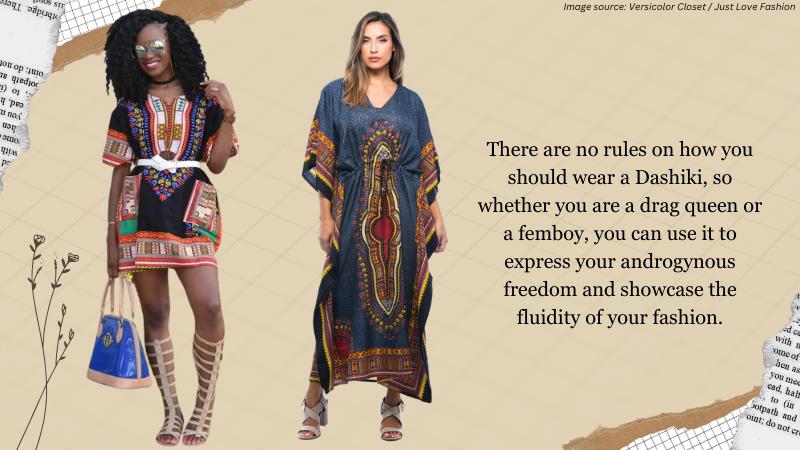
Top on our list is the Dashiki and we had to mention it first because you will love its qualities from the intricate, bright patterns to the loose-fitting design that makes them so easy to style differently.
There are no rules on how you should wear a Dashiki, so whether you are a drag queen or a femboy, you can use it to express your androgynous freedom and showcase the fluidity of your fashion.
Crossdressers can design the Dashiki as a dress, a complete suit, pants, or shorts and wear them to weddings, parties, and clubs.
There are many ways for you to experiment with the Dashiki and create designs that tell stories about your identity and align with your style.
Kente Cloth from Ghana
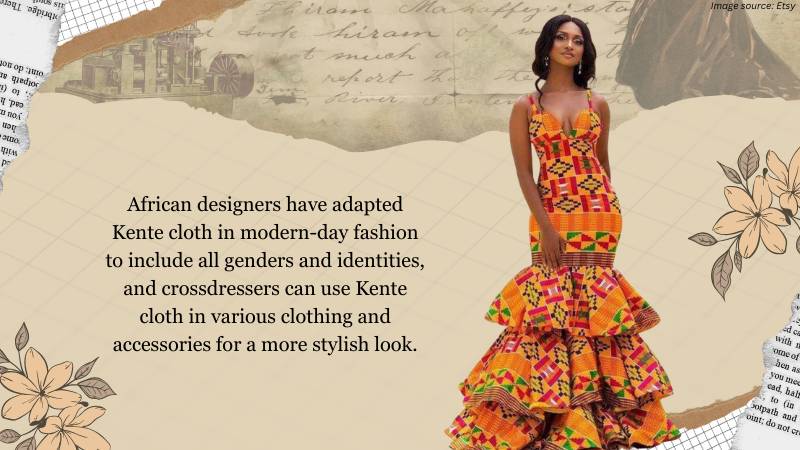
The Kente cloth is a famous traditional wear for Ghanaians made of hand-woven fabric, silk, and cotton.
This cloth originated from the Ashanti region in Ghana, but it’s now widespread for daily wear and special occasions.
Crossdressers could use the intricate design and rich color of Kente cloth to inspire different types of fashion and make statements about their identity.
African designers have adapted Kente cloth in modern-day fashion to include all genders and identities, and crossdressers can use Kente cloth in various clothing and accessories for a more stylish look.
African crossdressers wear Kente cloth to celebrate their culture and showcase their fashion creativity.
Kaftans (North Africa)
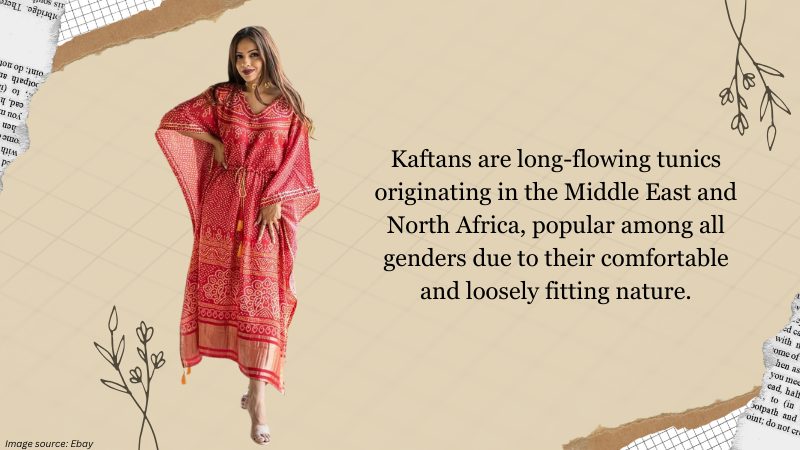
Kaftans are long-flowing tunics originating in the Middle East and North Africa, popular among all genders due to their comfortable and loosely fitting nature.
Designers use this material to create outfits for wearing in hot weather.
As a crossdresser, you’ll love how soft the material feels against your skin, and its bold colors add a rich statement to your sense of fashion.
These clothes go really well with most bracelets and necklaces, and you can even include beads in their design to add a touch of sophistication.
The next time you have a party to attend on a hot summer evening, why don’t you wear a Kaftan and see how it goes?
Maasai Beadwork and Shuka (Kenya and Tanzania)
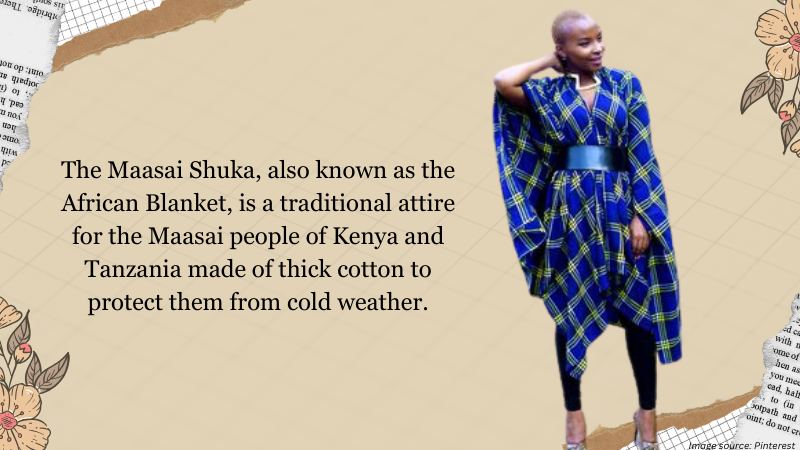
We’ve covered African fashion that suits hot regions; now, let’s look at one that’s ideal for colder climates.
The Maasai Shuka, also known as the African Blanket, is a traditional attire for the Maasai people of Kenya and Tanzania made of thick cotton to protect them from cold weather.
The Maasai pair the Shuka with beautiful beadwork, gaining them international recognition and inspiring many designers like Louis Vuitton to create various clothes like pants, dresses, coats, and headwraps.
Crossdressers can use the Shuka to make warm shirts and pants that are sure to give them a vibrant look on a night out, especially when combined with Maasai accessories such as bead bracelets or necklaces.
Boubou (West Africa)
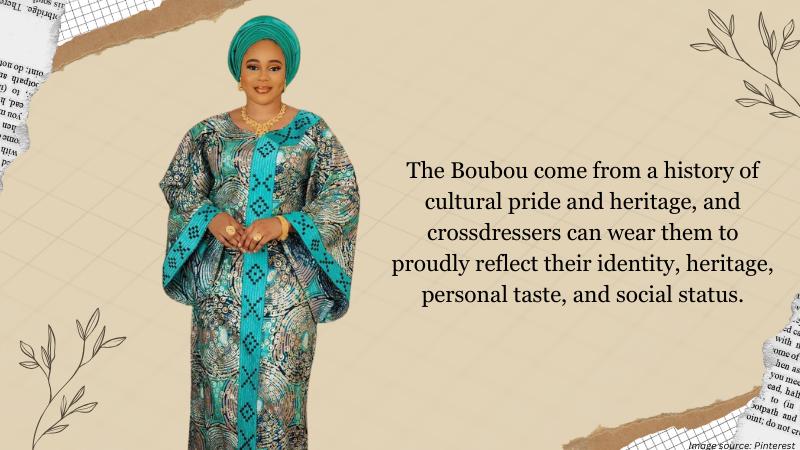
The grand Boubou is a flowing wide garment commonly worn in West Africa and North Africa for special occasions like weddings, attending mosques, and funerals.
This cloth consists of tie-up trousers, narrow on the ankles, a long-sleeved shirt, and a long, sleeveless gown worn over the pants and blouse.
The Boubou come from a history of cultural pride and heritage, and crossdressers can wear them to proudly reflect their identity, heritage, personal taste, and social status.
Because of their different embroidery techniques, the Boubou can be used creatively to make a fashion statement and get more eyes turning wherever you go.
Top Crossdresser Designers in Africa
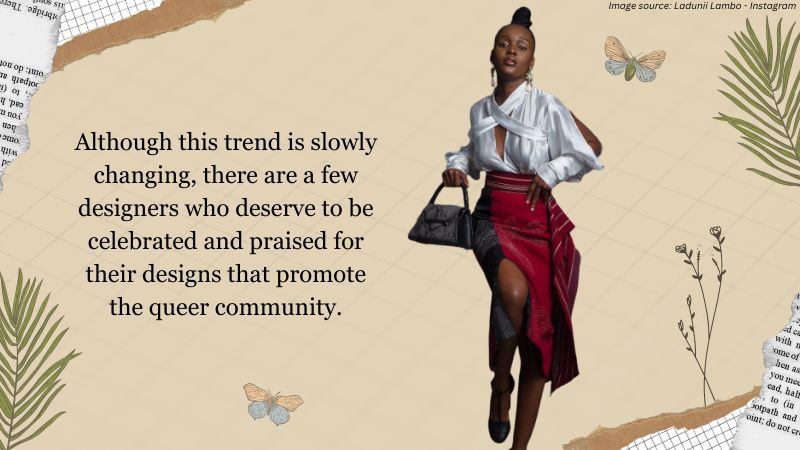
For a long time, many African communities stigmatized the queer community, which made it difficult for crossdressers designers to express their creativity in the fashion industry.
Although this trend is slowly changing, there are a few designers who deserve to be celebrated and praised for their designs that promote the queer community.
Ladunni Lambo
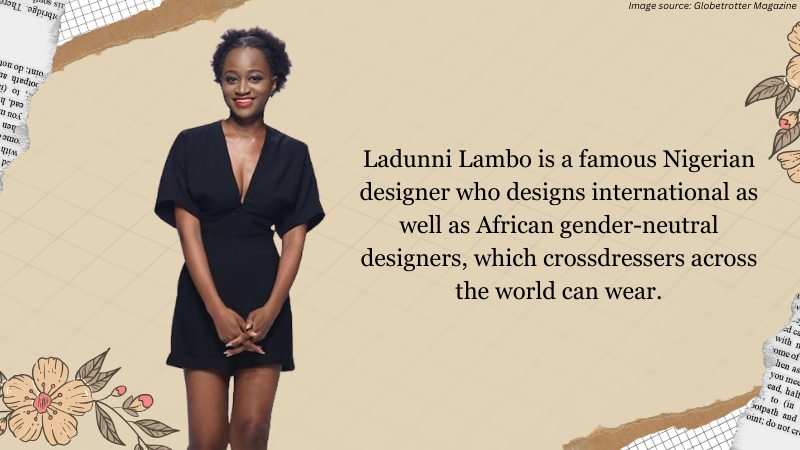
Ladunni Lambo is a famous Nigerian designer who designs international as well as African gender-neutral designers, which crossdressers across the world can wear.
Lambo worked for a Nigerian-based company as their creative director for two years before branching out to form her own companies.
Since then, she has gained a lot of recognition for her Nigerian-oriented designs that give a blend of their cultural heritage and a touch of modern fashion designs.
Ladunni’s fashion designs stand out due to their minimalist design and simple silhouettes that display clean lines and exude elegance, and that, combined with her sustainability practices, has propelled her to become one of the top designers on the continent.
Rich Mnisi

Are you looking for a designer who offers fluid expressions of gender and youth by exploring extremist design elements with minimal cultural tailoring?
Based in South Africa, Rich Mnisi is a designer whose aim is to discover African hidden treasures and give everyone a chance, including African crossdressers, to connect with their culture, heritage, and human experience.
In addition, his designs are an artistic manifestation inspired by music, film, art, and nature.
His fashion designs always seek to evolve and innovate limitless possibilities that can quench your artistic expression.
Emerie Udiahgebi
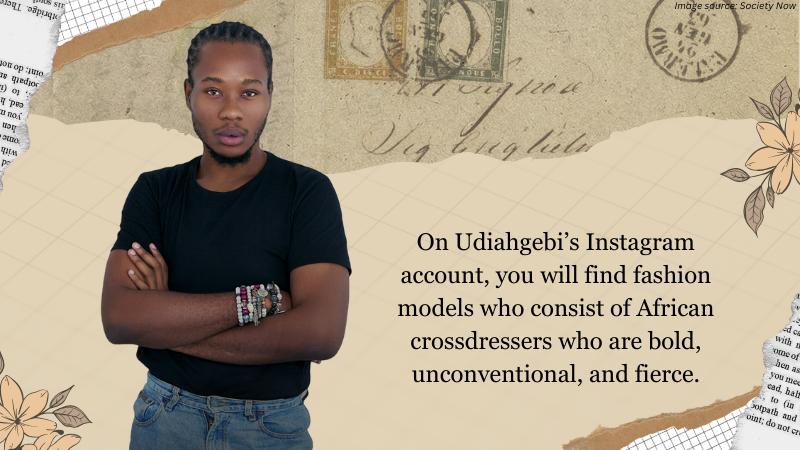
For someone like Emerie, identity is important and aims to offer visibility to the crossdressers and the femme queer community in Nigeria as a way to tell their story and as a form of activism too.
On Udiahgebi’s Instagram account, you will find fashion models who consist of African crossdressers who are bold, unconventional, and fierce.
Emerie’s designs give the queer community non-binary fashion designs to express themselves and a bold way to bring out the best version of themselves.
Adeju Thompson
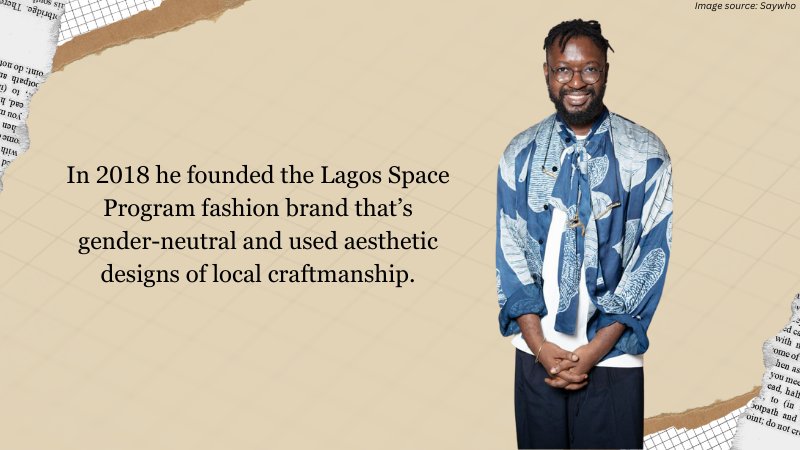
Adeju is a designer who likes to fuse traditional concepts with gender non-conformity ideas.
In 2018 he founded the Lagos Space Program fashion brand that’s gender-neutral and used aesthetic designs of local craftmanship.
They use West African fabrics in their design to communicate stories about individuals’ unique stories, such as cross-dressing, gender, and queerness.
Patrick Muyishime
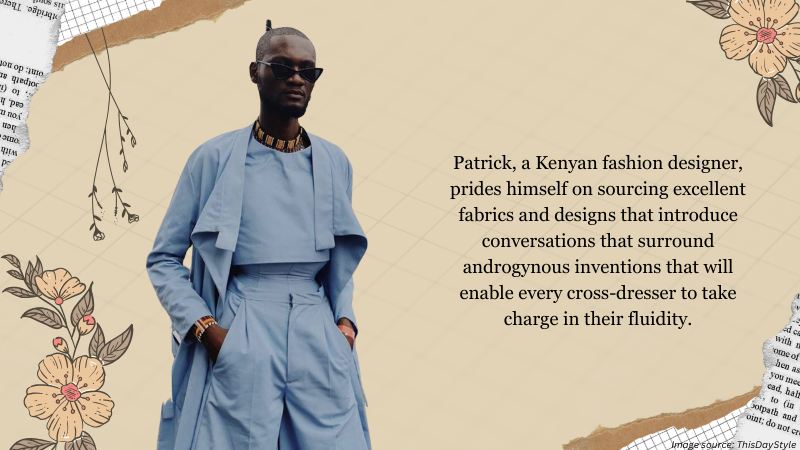
Are you looking for cross-dressing outfits that are authentically vibrant?
Patrick, a Kenyan fashion designer, prides himself on sourcing excellent fabrics and designs that introduce conversations that surround androgynous inventions that will enable every crossdresser to take charge in their fluidity, feminine wiles, and elegance.
His brand allows one to explore their gender versatility in the fine margin of sexuality, all in balance with their African culture.
Other Products That Can Be Matched with African Fashion
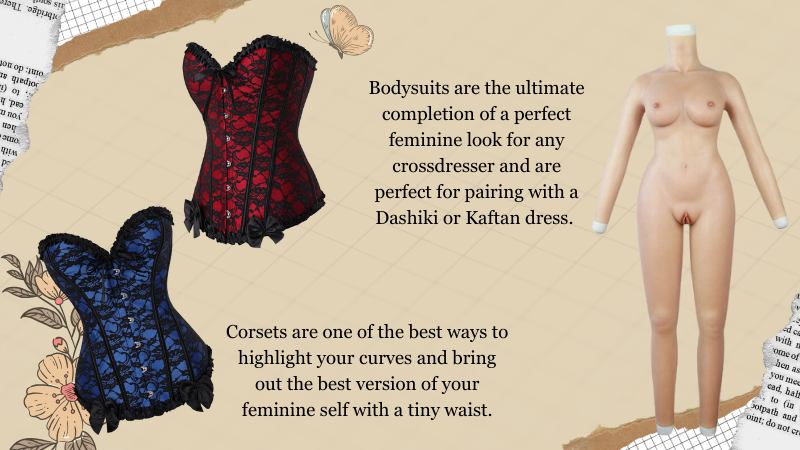
Body Suits
Bodysuits are the ultimate completion of a perfect feminine look for any crossdresser and are perfect for pairing with a Dashiki or Kaftan dress.
When worn together, you will experience a full transformation that will create a realistic feel of being a woman and give you the confidence to walk with your head held high and unashamed of your identity.
Corsets
Corsets are one of the best ways to highlight your curves and bring out the best version of your feminine self with a tiny waist.
You can easily wear corsets underneath most African clothes and combine them to create a design that flatters and accentuates your curves and breasts.
This will enhance your confidence and allow you to be the woman you’ve always wanted to be while rocking killer African fashionwear.

Fake Muscle Wear
If you love the look of muscular arms and a well-chiseled chest, then you should try combining fake muscle wear with Boubou or Dashiki shirts.
You can enhance your look by wearing brightly colored shirts that are snug around your muscles to create more defined edges that are sure to get everyone’s attention at the nightclub or party.
Bras and Breast Forms
There’s nothing that screams, “I am a woman,” more than breast forms seductively tucked in a hot bra.
Silicone breast forms are a great combo when you want to rock African dresses and add a touch of femininity to your look.
Additionally, you can complete your look by wearing a dress with a slit that lets people see your thighs and curves and leaves them begging for more.
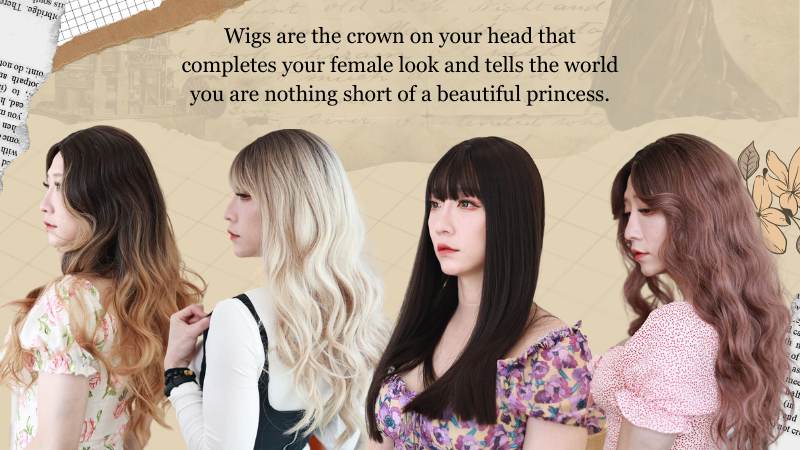
Wigs
Wigs are the crown on your head that completes your female look and tells the world you are nothing short of a beautiful princess.
They go really well with all African fashionwear and complement them by adding a lovely touch of femininity when worn with African headwraps and beaded earrings.
Conclusion
Africa has a diverse fashion industry, and crossdressers can get fashion inspiration from a range of African designs.
Famous African designers like Imani Ayisi and Ladunni Lambo are known for their fashion taste and production of authentic African-inspired attires.
If you are going for an African-themed outfit, don’t forget to style it with accessories like beads, necklaces, and headwraps to complete your outfit and complement your look.
Finally, remember to respect and appreciate the cultural significance of your African attire.
- Crossdressing in Sissy Clothes According to the 5Ws
- Men in Lingerie: The Secrets to Hacking this Trend
- Complete Guide to Become a Cute Sissy Crossdresser
- Step-By-Step Guide: How to Perfect Your Femboy Hooters Look
- 9 Uses of a Silicone Bodysuit: Transform, Perform, and Express Yourself
- Crossdressing Men in Lingerie: The New Wave of Feminine Men
Established in 2009, We are a recognized manufacturer and seller of professional crossdressing products.
It is our aim to become not just the most creative manufacturer but also a very considerate seller, as we provide the best quality products for crossdressers all around the world.
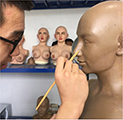
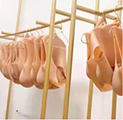



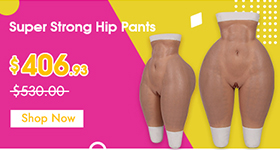

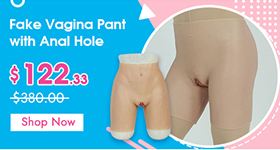
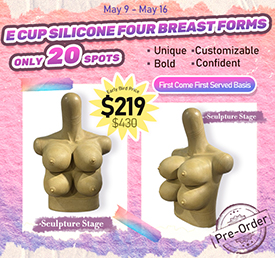



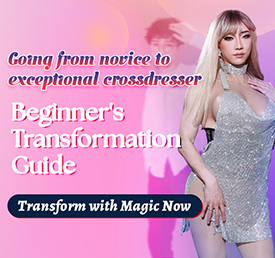

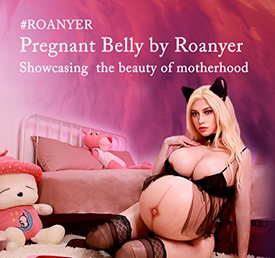
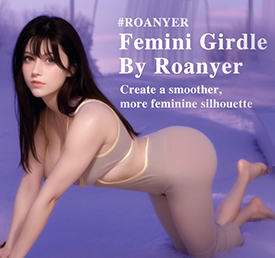



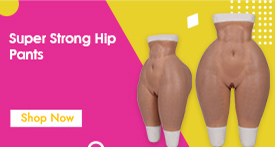
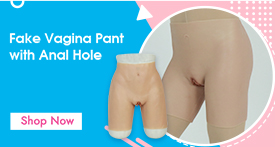

 Breast Forms
Breast Forms  Body Suit
Body Suit  Realistic Mask
Realistic Mask  Femini Girdle
Femini Girdle Hip & Butt Enhancement (8)
Hip & Butt Enhancement (8) Penis Prosthesis
Penis Prosthesis Fake Muscle
Fake Muscle Bikini
Bikini  Wig
Wig  Corsets
Corsets Course
Course service@roanyer.com
service@roanyer.com +8618652200711
+8618652200711 Facebook
Facebook YouTube
YouTube Twitter
Twitter Instagram
Instagram




